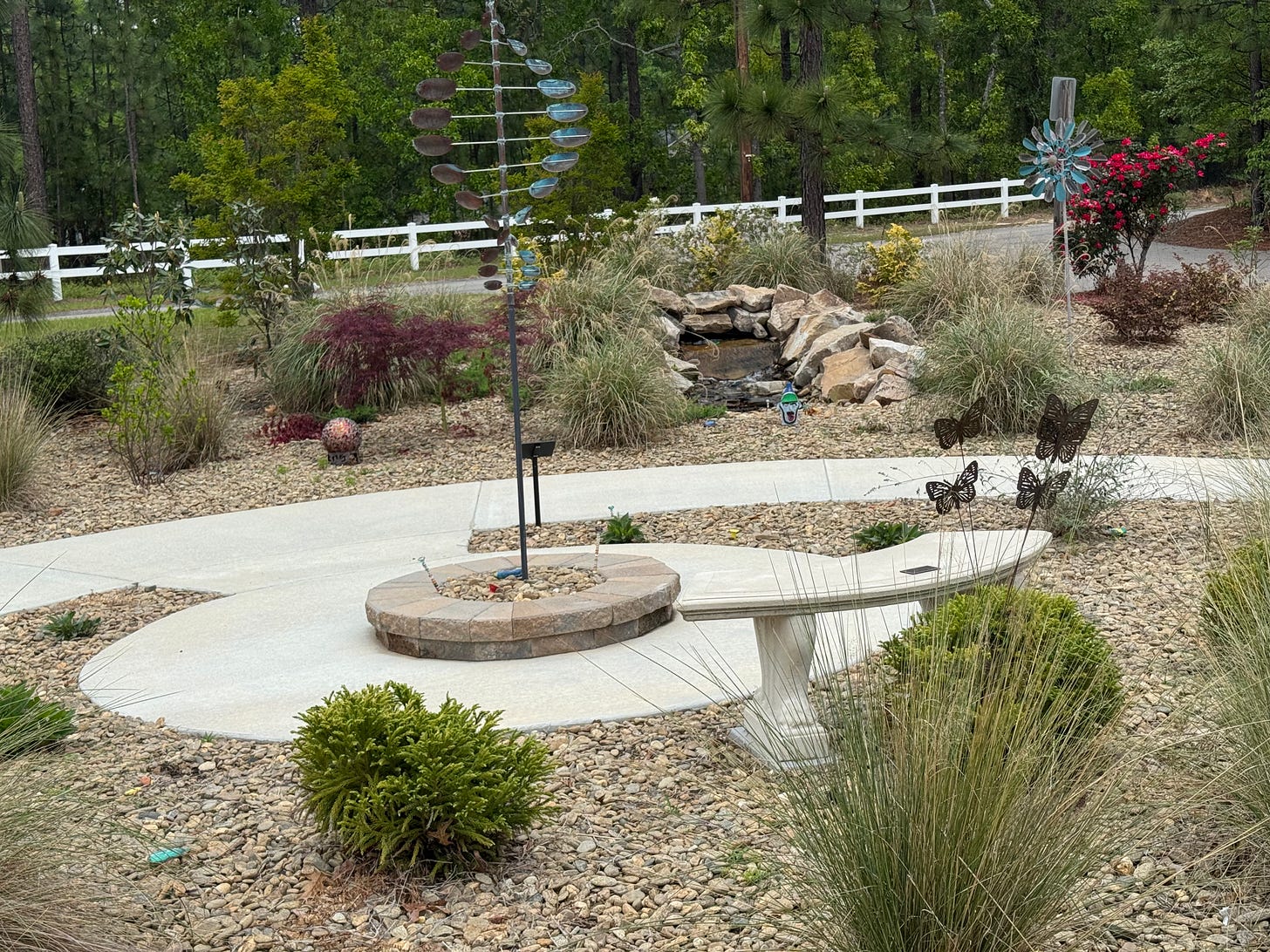A Place to BE

Contemplation is an art. Of course, I would say that since as a dancer I’ve dedicated my life to understanding and exploring the potential of the human/spiritual form. Contemplation has been an essential part of my personal and spiritual growth. It is a sacred art requiring discipline allowing for creative expression. But, contemplation is not exclusive to any one person, culture, ethnicity, race, religious affiliation or denomination. It’s an art in that it takes practice, years and years of practice and because it is inclusive of all forms of deeply spiritual expression.
And how one enters that space of dwelling within the self is unique. We arrive at the steps of solitude for many reasons: to manage a difficult transition (I’ve had a few of those); a desire to be alone without technological distractions or feedback from others; seeking something different from the status quo, but not quite sure what, and perhaps just to wonder.
Sometimes contemplation is presented as requiring certain accoutrements: prayer beads, specific chants, techniques for breathing, or a particular style of meditation. While some of those tools might be helpful and may enhance the experience especially in the early stages: I believe what is most important is a deep curiosity and willingness to walk into the self and be with the divine in-Dweller. Although, it is not as easy as it might sound and often is not very comfortable. Why ? Because the habitual self resists the challenges of change — I’m speaking from personal experience!
The sensory garden is a solitary space just outside my studio window. It’s a place to recline or take a contemplative walk after dancing and studying movement for several hours. It’s also a place to listen! It’s where I am assured of clarity of thinking, if not in the moment, eventually in a day or two. What’s important is recognizing the need for resting with the divine and allowing for that awareness to come to the surface — dare I say, slowing down is a necessary requirement—not when you’re too exhausted to function—but just before that.
What is lovely about this exquisite site is that one can walk in a circular pattern and run your fingers over the swaying pompous grass, reach out and touch the soft petals of flowers, sit on top of a boulder watching and listening to the sound of water trickling over the rocks. In walking around you may even notice the colorful pieces of art (clay mushrooms, turtles, and garden gnomes) made by the art students. Sometimes quite by accident your eyes will catch reds, blues, greens, and yellows sparkling, garden jewelry peaking through some of the plants. The visual insights are enhanced by the sounds of birds, the scent of pines and sense of calm, even though located within the city. You settle into the space—and that is what contemplation is; a settling into something much larger than yourself — allowing yourself to be embraced by the holy.
One of the things I appreciate about living in this part of the country is the easy access to nature. I’m convinced that preserving and protecting natural spaces is necessary for our well-being and peace of mind. One thing I’ve come to understand from the solitary hours in the gardens is that places where humans meet nature are indeed sacred meetings and treasured opportunities to listen—to our hearts, the voices of nature, and the greater Cosmos.
Is it enough to just BE? From my experience it is more than enough and in the face of of enormous societal shifts, a life-sustaining experience. It is a practical solution with amazing gifts: peace of mind, mental and physical balance, sweet, sweet comfort, and relaxation in the midst of the rushing and bustle of daily life.
Where is your place to BE?


